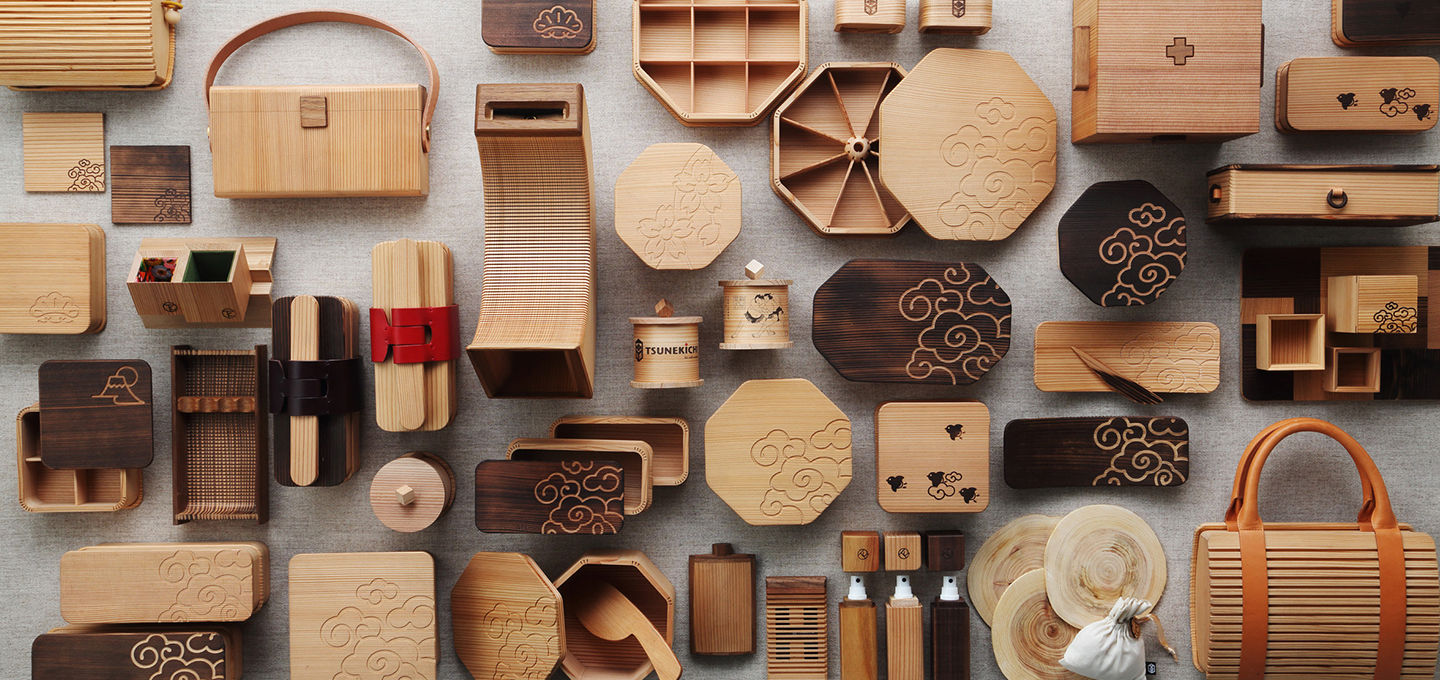
Special Experience
Osaka
Make a "Breathing" Bento Box & Chopsticks with Japanese Cedar in Osaka
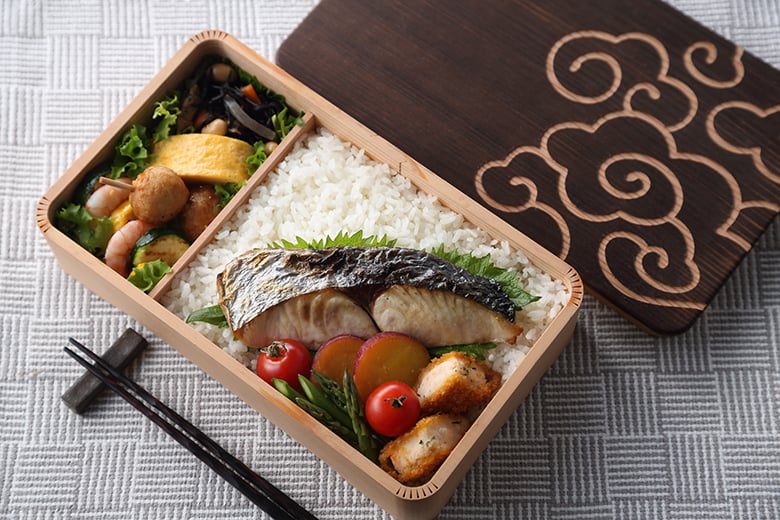
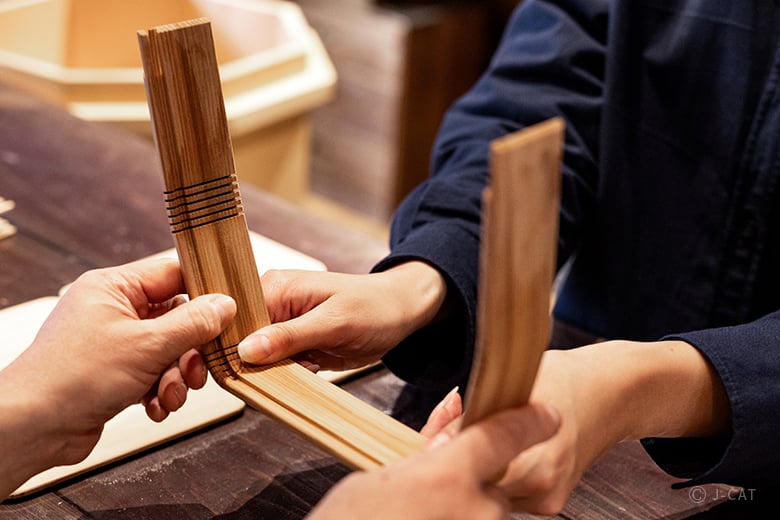
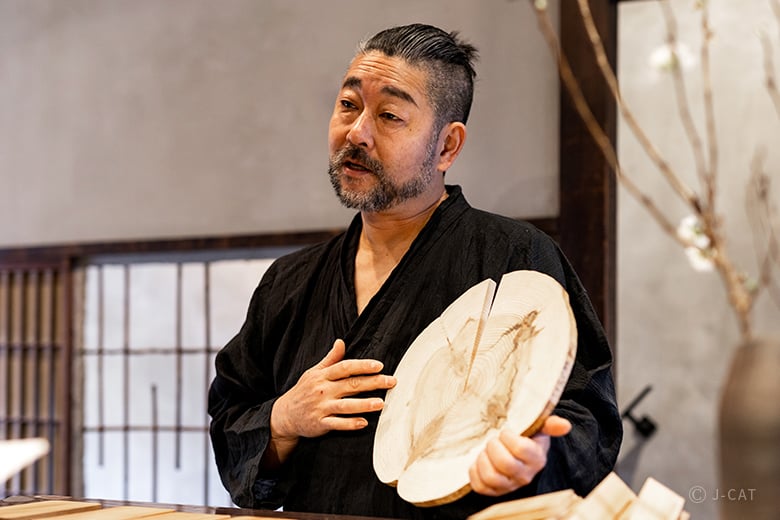
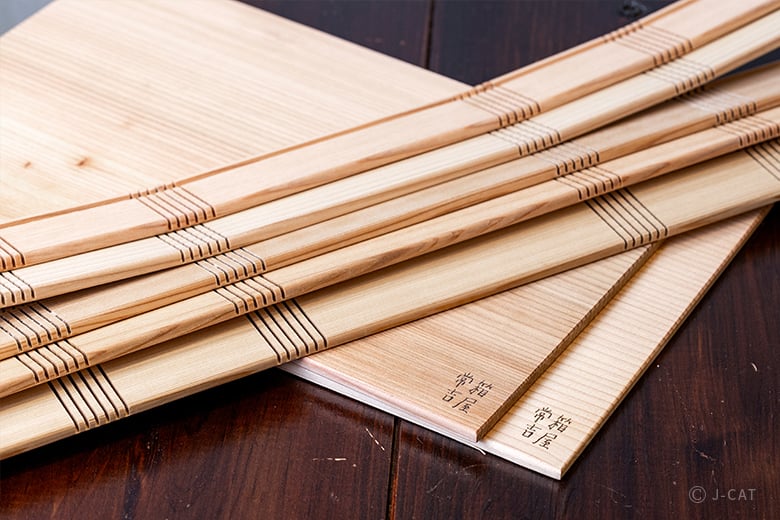
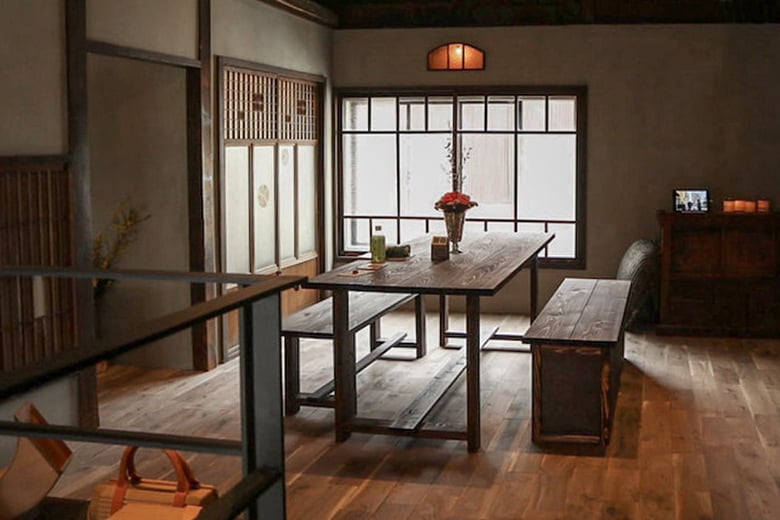
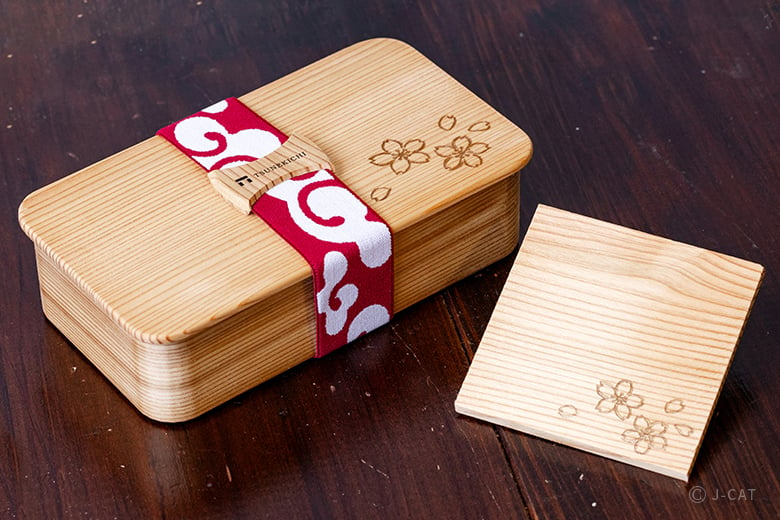
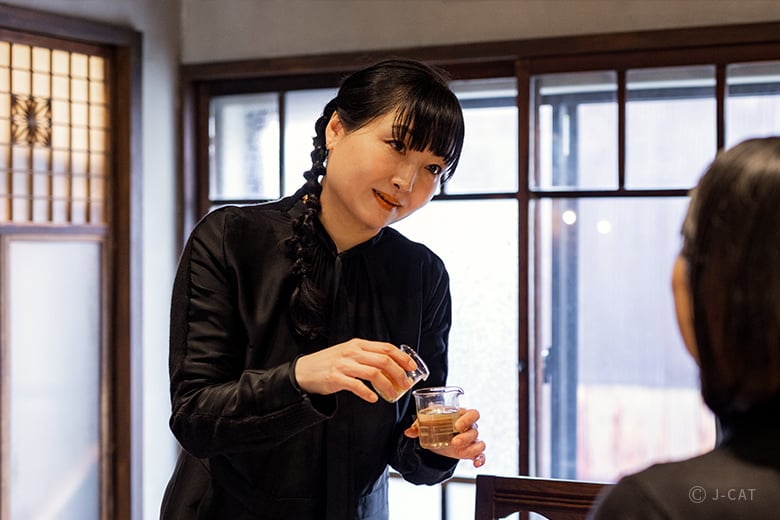
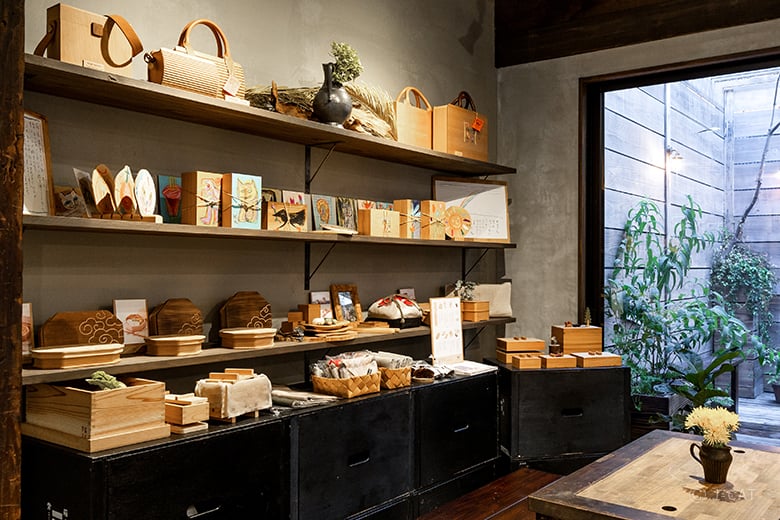
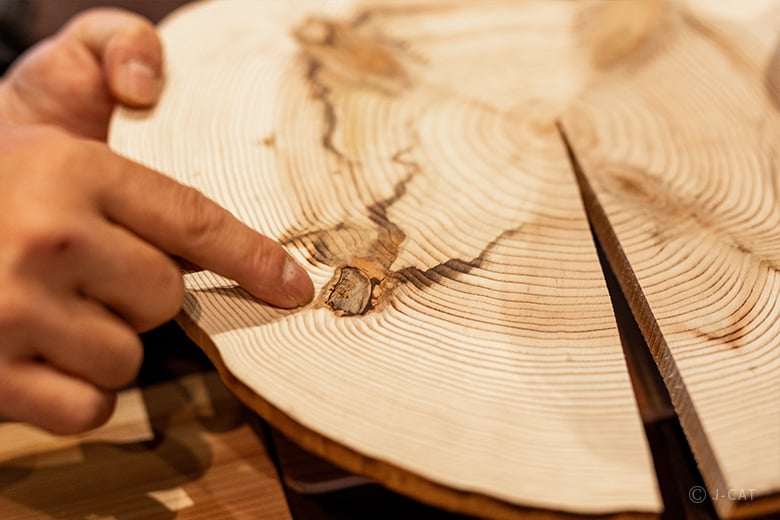
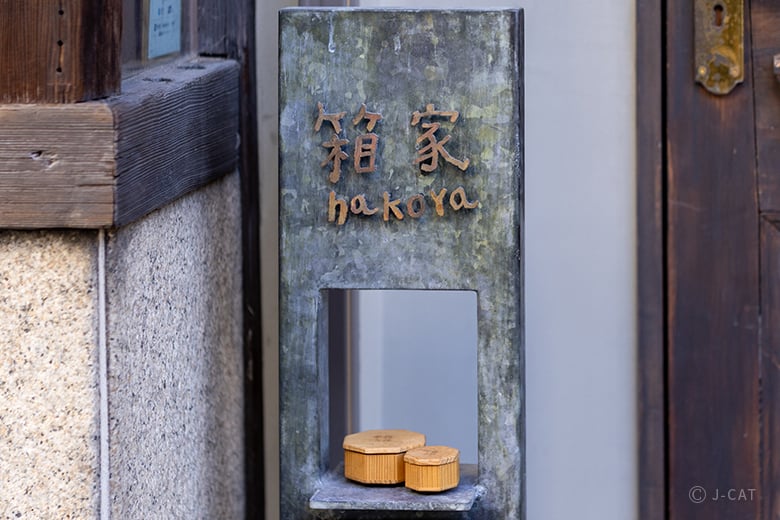
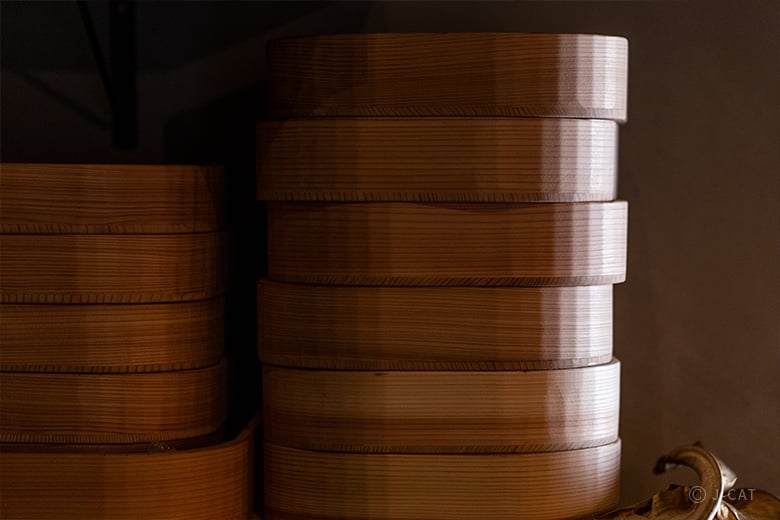
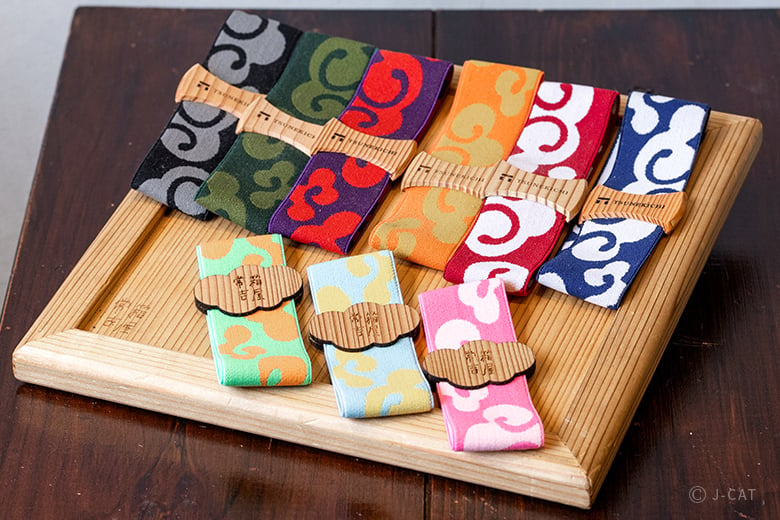
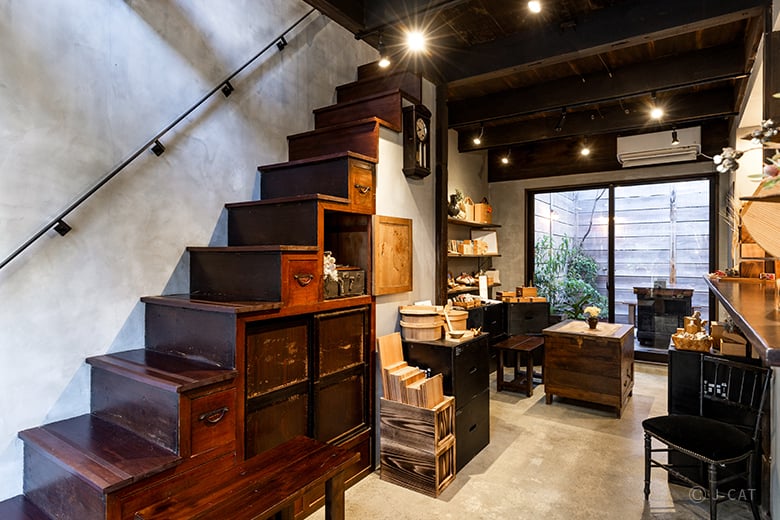
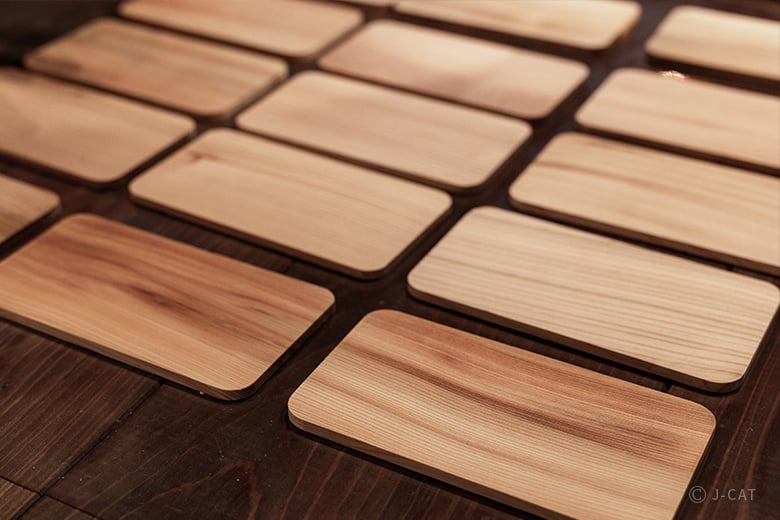
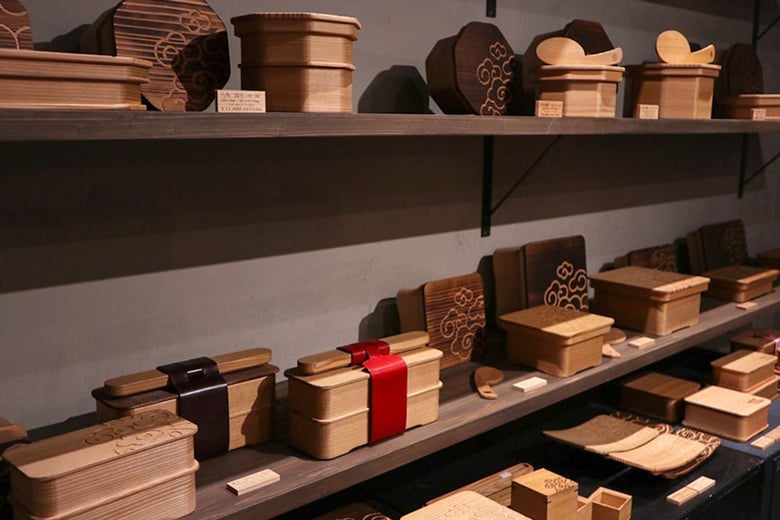
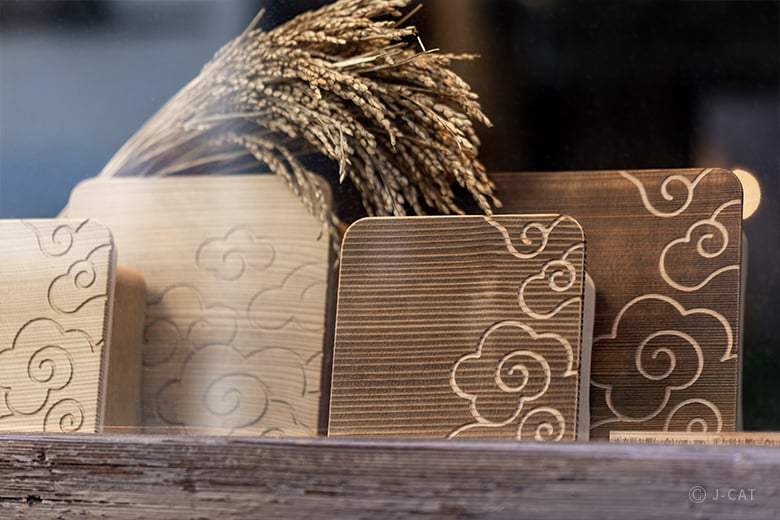
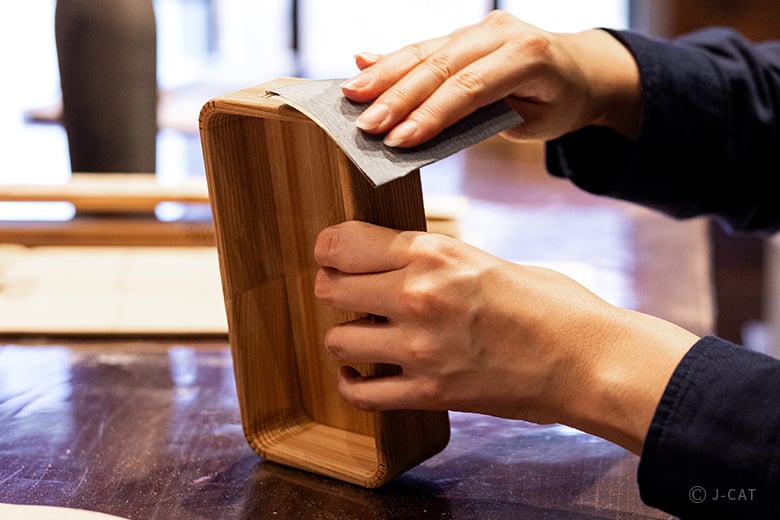
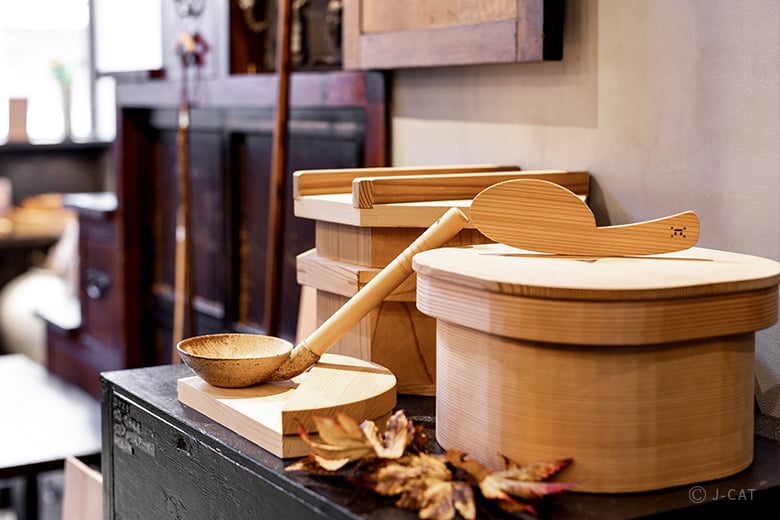
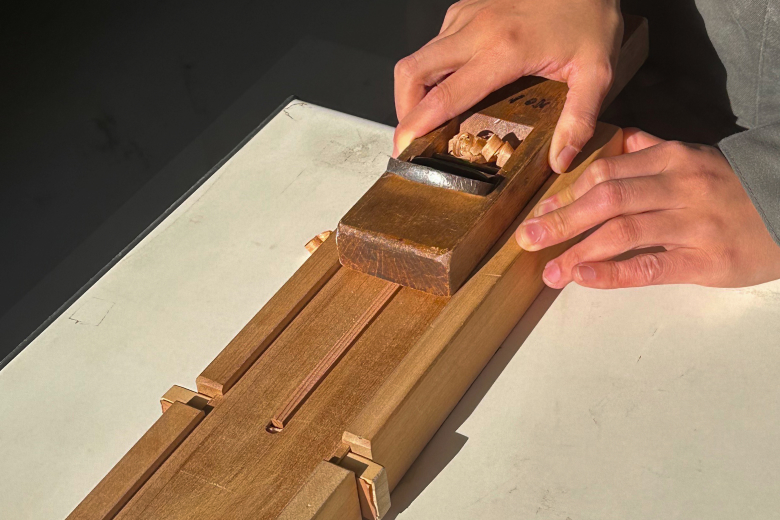
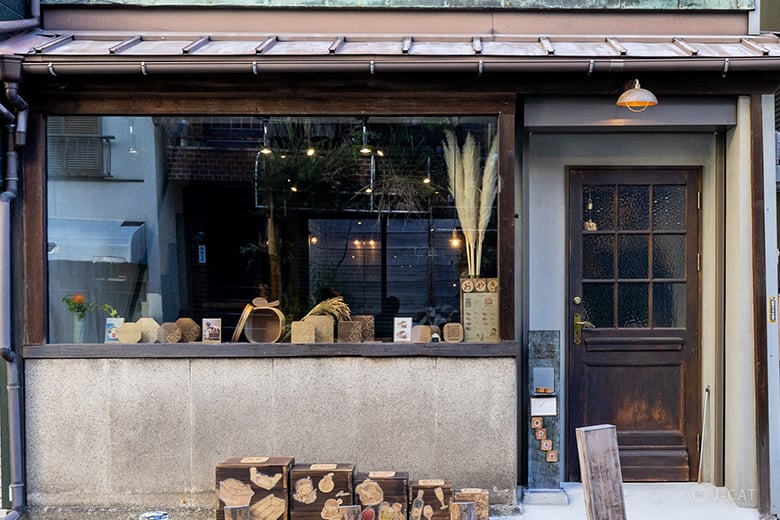
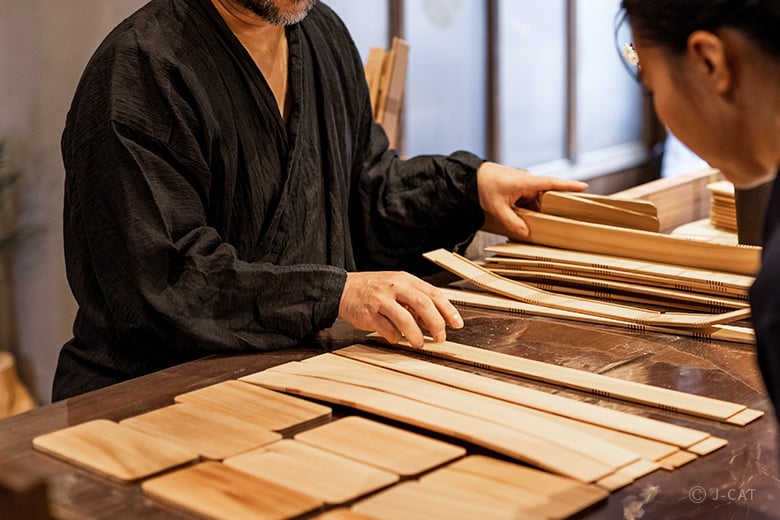
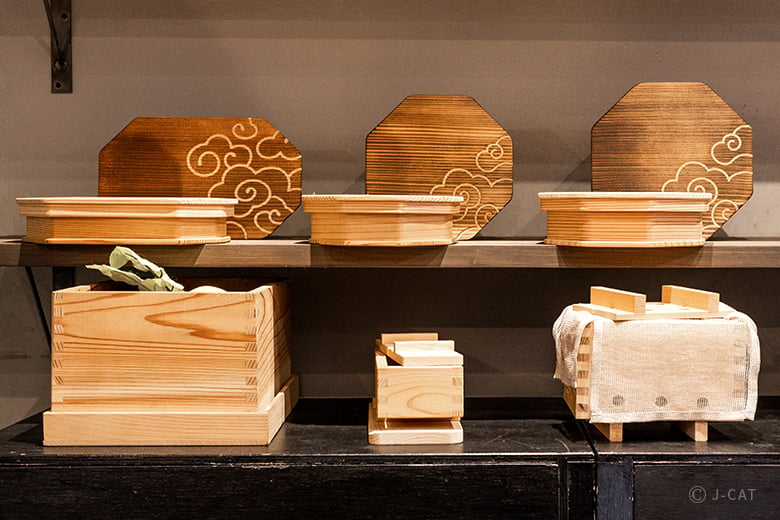
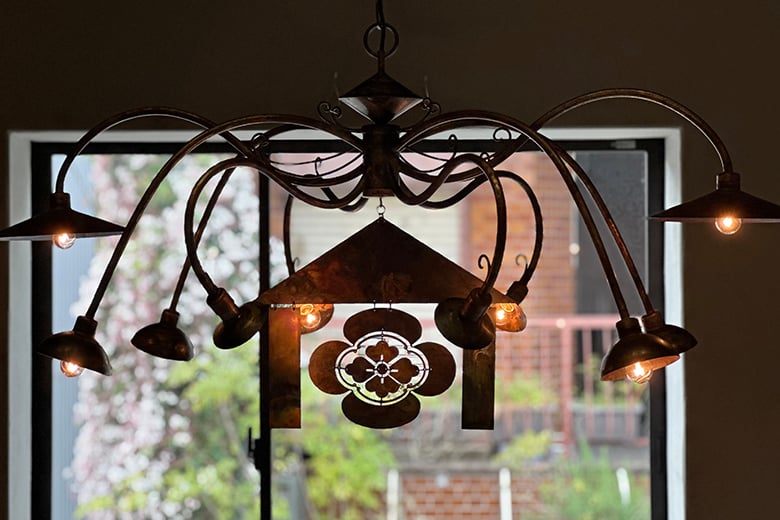
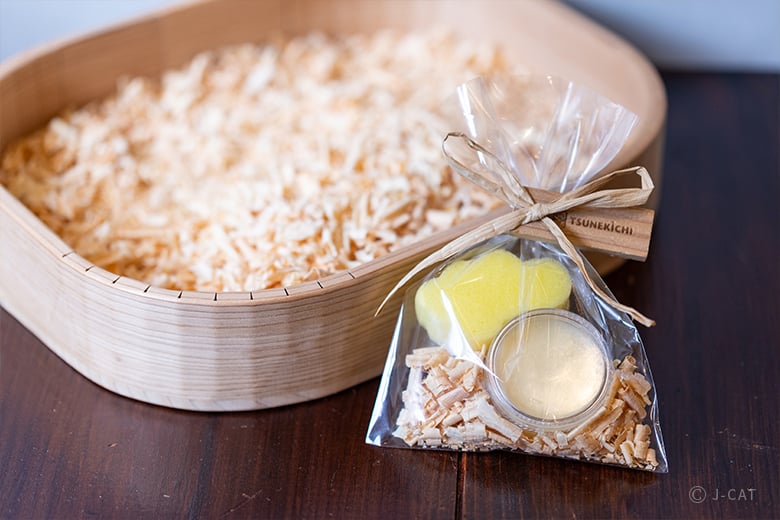
























Overview
Hakoya Tsunekichi has made wooden products using carefully selected Japanese cedar for over 150 years. It is especially known for its “breathing” bento boxes made of unpainted cedar, which retains the freshness of food for a long time. In this Wabunka-exclusive plan, discover cedar's characteristics and history, and make your own “breathing” bento box and chopsticks under the guidance of the shop’s fifth-generation head Masao Sasai and his wife Eri. For an additional fee, you can also make a beeswax balm for maintenance of your bento box.
Key Features
・Make your own bento box and chopsticks under the guidance of the fifth-generation couple who head the long-running Hakoya Tsunekichi
・Hakoya Tsunekichi only uses akamasa, a rare part of the Japanese cedar tree, and handles every stage of the wood-crafting process, from selecting the wood, to assembly, to humidity control
・As Wabunka-exclusive souvenirs, receive a Japanese cedarwood coaster and a band for your bento box
Osaka
120mins
from ¥34,100 /person
1 - 8 participants
Available in English
Cancel free up to 6 days prior
Details
A Long-Running Wooden Box Maker with a History of Over 150 Years
During the Edo period (1603–1868), Osaka was known as the nation’s kitchen, as it was where various goods were brought in from all over Japan. It was here that Tsunekichi Sasai established the wooden box maker Hakotsune in 1868, becoming the first head of this family business. Since its inception, this shop has created a range of wooden boxes using domestic cedar for famous ryotei (high-end restaurants), confectioners, meals served to spectators at sumo matches, and so on.

Hakoya Tsunekichi’s signature creation, the sumo-ori (“sumo folding box”), was used at ryotei restaurants and sumo matches until the early Showa era (1926–1989)
Though Hakotsune has been committed to using domestic cedar since the very beginning, there was a time when it made low-priced products using imported wood to keep up with the wave of mass production. Faced with this predicament, fifth-generation head Masao Sasai launched the brand Hakoya Tsunekichi to revive the practice of creating durable wooden boxes made of Japanese cedar, instead of boxes that would be disposed of easily. With “a life with wood” as its concept, Hakoya Tsunekichi takes pride in its artisanship that conveys the warmth and appeal of wood.

Hakoya Tsunekichi's fifth-generation head, Masao Sasai, rediscovered the appeal of Japan during his studies in the United States
In this Wabunka-exclusive plan, you will have the entire second floor of hakoYa, a renovated kominka folk house owned by Hakoya Tsunekichi, all to yourself. Here, with Mr. Sasai and his wife Eri as your instructors, you will learn to make your own bento box and chopsticks from Japanese cedar. There will also be an explanation on the history and environment of natural wood in Japan. Spend a relaxing time experiencing Japanese artisanship as you are surrounded by the gentle and calming scent of wood.

hakoYa is a renovated kominka folk house filled with the relaxing scent of wood
A "Breathing" Bento Box That Keeps Food Delicious for a Long Time
Hakoya Tsunekichi makes use of cedar from Nara Prefecture’s Yoshino—one of Japan's three most beautiful man-made forests—and the Tohoku region, including Akita Prefecture. It is particular about using akamasa, the oil-rich center part of a cedar log, due to its finer, more beautiful texture compared to the outer part. In this experience, you will use only rare akamasa to make your bento box and chopsticks.

Akamasa from domestic cedar is a valuable wooden material
Hakoya Tsunekichi is also particular about using unpainted cedarwood due to its superb breathability, moisture control, and antibacterial properties. “Painted cedarwood cannot breathe. Breathing enables it to use its original properties to keep rice and other dishes inside the bento box delicious for a long time," says Mr. Sasai, who regards wooden boxes as if they are living things.

Softer than cypress and more water-resistant than paulownia, cedar is the ideal material for food containers due to its high functionality
With their gently curving lines that fit perfectly in one’s hand, Hakoya Tsunekichi’s round-cornered bento boxes are popular among customers. The shop’s founder invented the round-cornered design at a time when rectangular bento boxes were the norm; then, the fifth-generation Mr. Sasai revived it. Experience the excellent durability of a Japanese cedarwood bento box, and enjoy how it changes and becomes even more appealing as you use it over a long period of time.

Aiming for cross-generational appeal, Hakoya Tsunekichi offers a diverse array of designs
Let the Wood’s Grain and Color Remind You of the Environment Where It Grew
In this plan, start by deepening your knowledge of Japanese cedar. As Hakoya Tsunekichi normally does not hold workshops with explanations by Mr. Sasai, this part of the experience is a special opportunity exclusive to Wabunka. You will pick up fascinating trivia about wood. For example, the heavier the wood feels when you hold it, the more oil it contains, and therefore, the stronger its immunity. You will also learn about the relationship between the environment where the wood grew and the variations in the wood’s appearance. “The grain and color of the wood are reflections of hardships that the tree endured. That is why the more unique in appearance the wood is, the more precious it is,” explains Mr. Sasai.

Each piece of wood expresses a different story behind it; the curved grain is proof that it survived hardships
Next, choose your wood to begin making your bento box and chopsticks. “The harsher the environment that the cedar grew in, the more durable and mold-resistant its wood is. Please keep this in mind as you select your parts,” says Mr. Sasai. Because the wood is unpainted, you can clearly see and feel its grain, color, and weight when you take it in your hand. As you choose the wood that will form the base, side, and lid of your bento box, try to think about and feel the story behind it.

Discover the hidden power of wood for yourself by looking, touching, and holding it
The Spirit of Artisanship Lives on in the Wood's Details
After choosing a piece of wood of your liking, the next step is to shave and assemble it. Making a bento box involves softening the sides with a steamer, then bending them at right angles. According to Mr. Sasai, the key to creating a perfect curve is to make several cuts to the corners beforehand. "If the cuts are too deep, the wood will crack, but if they are too shallow, the wood will not bend. Depending on the angle of the curve, you must change the depth, number, and spacing of the cuts,” he explains.

Glue is only used to join the bottom and sides of the bento box and for the side joints. The fact that only a small amount of glue is needed is a testament to the high precision of the measurements. A deviation of a millimeter may not be so noticeable in wood for a house, but it can be critical for a bento box, so artisans have to intuit with their fingers when cutting — while making sure that there is not even a single millimeter of deviation. This is truly artisanship at work.

Since this is a container for food, glue is used as little as possible
Once the box has been assembled, use sandpaper to polish the unevenness in joints and the surface, as well as to smoothen the box’s texture. Finally, apply a beeswax balm to the exterior to give it a glossy finish. The grain of the wood will become even more prominent, and its scent will deepen, adding to the charm of your handmade bento box. In addition to the chopsticks that you will make along with the bento box, you will also receive a coaster made of Japanese cedar and an elastic band to hold the lid of your bento box in place. You can use a laser engraving machine to add your name, a message, or a design on the lid and coaster.
*We recommend preparing a black-and-white sketch of a design that you want to engrave onto the lid of your bento box and coaster. Please note that the dimensions must be 15x15cm or smaller. If you cannot come up with a design, you can also choose from three designs, including flowers, on the day of the experience.

As Wabunka-exclusive souvenirs, you will receive an original bento band and a Japanese cedarwood from Hakoya Tsunekichi
Homemade Beeswax Balm Born from the “Mottainai” (No-Waste) Mindset
As an optional add-on (additional charges apply), you can also make a beeswax balm in this Wabunka-exclusive plan. This is the same balm used during the polishing stage of the bento box-making experience, and it can help your bento box last longer. Efficiently utilizing sawdust generated during the processing of cedarwood, it is an original Hakoya Tsunekichi product developed after much trial and error by Eri Sasai, Masao’s wife and a certified phytotherapist.

Eri Sasai, Masao Sasai's wife. Both Sasaoi will be your instructors for this plan
First, observe as Ms. Sasai demonstrates how essential oils are extracted. Then, mix the extracted cedarwood essential oil with walnut oil and beeswax, and let the mixture solidify. While waiting for the balm to be ready, let its refreshing scent soothe you and make you feel as if you are strolling in the woods.

The balm is made of all-natural ingredients — cedarwood essential oil, natural wax secreted by honeybees, and walnut oil — so it is safe to ingest
“You can think of the cedarwood sawdust as an extension of the lunchbox. I think it would be better to apply this balm instead of balms from other manufacturers,” says Ms. Sasai. This beeswax balm contains no preservatives, so please refrigerate it after taking it home. It is recommended to apply the balm to your bento box once a month, or once every two months. With repeated applications, your bento box will gradually turn amber in color, increasing its charm.
Feel the Warmth and Comfort of Wood as You Make a Bento Box
Since Hakoya Tsunekichi's “breathing” wooden boxes are like living things, careful daily maintenance is essential to keep them in good condition. “Just as you might catch a cold if you do not dry yourself right after getting out of the bath, the same goes for your bento box. Wipe it properly after washing it. Then, lay it on its bottom, with the inside facing up, and let it dry,” say the Sasais, who would like people to treat their boxes with care, just as they would for their own child.

Experience the comforting sensation of wood grown in the Japanese climate
This special Wabunka-exclusive plan will inspire you to treat your belongings with greater care and use and treasure them for a long time. It is a valuable opportunity to experience the spirit of Japanese artisanship while appreciating the blessings of nature. Discover the heartwarming appeal of a life with wood through learning all about Japanese cedar and making a cedarwood bento box of your own.
Hakoya Tsunekichi

Hakoya Tsunekichi
Established in Osaka in 1868 by Tsunekichi Sasai, Hakoya Tsunekichi creates cedarwood boxes for famous high-end restaurants and confectioners. Their "breathing” bento boxes made of unpainted Japanese cedar are popular for not only their functionality and usability, but also their diverse variety of shapes and creative designs. Their new endeavors such as interior products and bags made of Japanese cedar have also been gaining attention.
Customer's Voice
This was amazing. The staff were extremely friendly, the bento box along with the coasters, and the chopsticks turned out perfect. We had high expectation for this event based on the website information and this event exceeded it. I would have been perfectly satisfied with just making and sanding the bento box however they let us make a coaster, chopsticks and choose a band. They also added things to further elevate the experience and teach about Japanese culture such as the matcha tea tasting. The products look amazing, the staff were endlessly kind and understanding. This is the highlight of my trip, and I would recommend this to anyone. I gained a lot of respect for wood making in our short experience making the items I could already feel myself getting tired. I couldn’t imagine how much skill and stamina it takes to make a professional quality bento box. It is extremely informative, fun and welcoming. From choosing what wood to use, to sanding and polishing the box you truly get a grasp on how the bentos have been crafted for hundreds of years.
J.L. United States
Location
−hakoYa−
Chuo Ward, Osaka
Request for booking
Select first preferred date (JST)
December 2025
Sun
Mon
Tue
Wed
Thu
Fri
Sat

Instant Booking

Request Booking

17
Full

17
Unavailable
Osaka
120mins
from ¥34,100 /person
1 - 8 participants
Available in English
Cancel free up to 6 days prior
Things to know
Contact Us
If you have any questions, please contact us using the form below.
We also accept bookings from corporate clients and travel agencies.